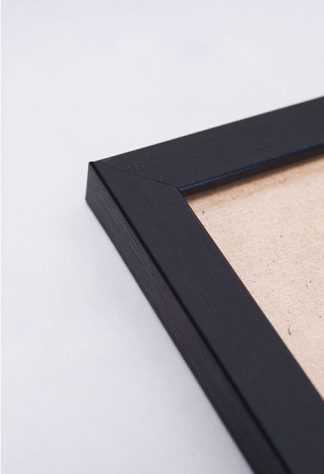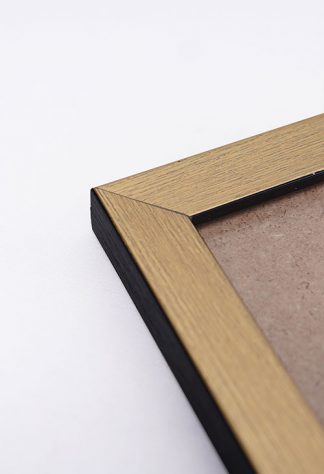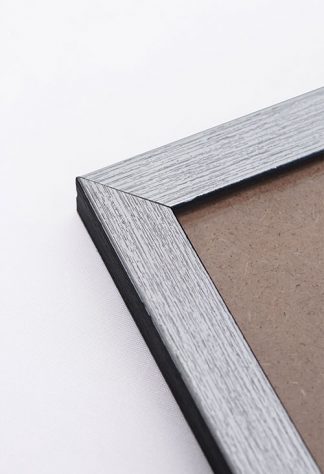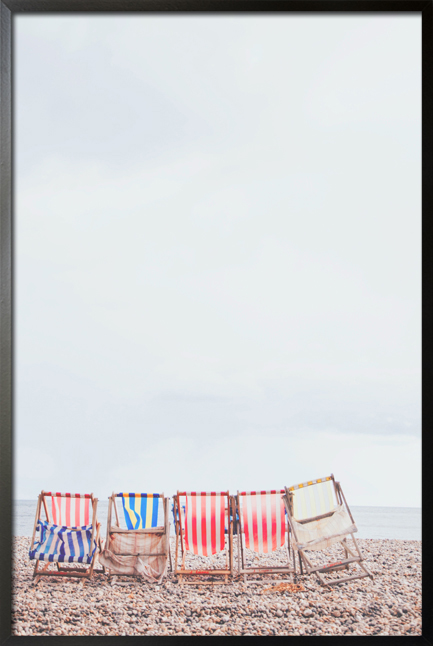
A great view of the beach in poster print can give your wall a total makeover. The natural colors of the sand and water give a refreshing feel that is perfect during your busy days. Create a wall gallery with this poster along with other prints of a similar theme and you will surely have a stunning wall design that will be loved by your guests.
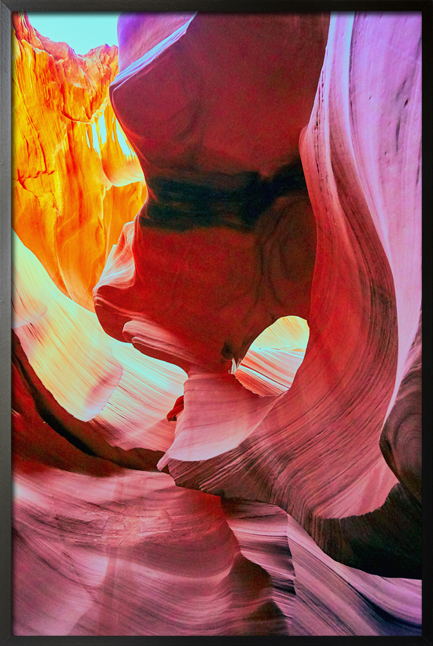
A canyon is a type of landform that looks like a valley with deep sides. They are formed over millions of years due to erosion by natural causes. Examples are weather or a body of water.
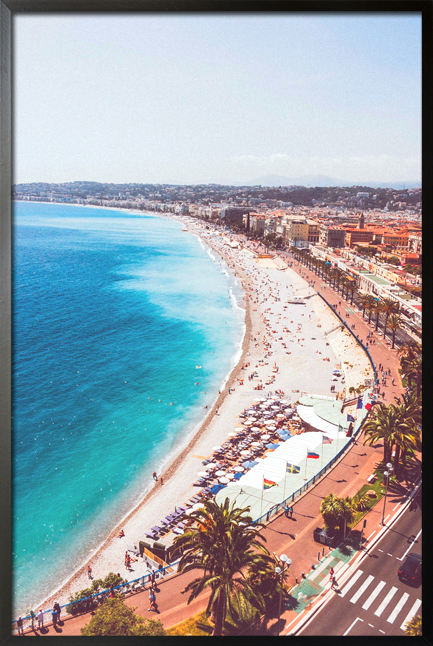
The French Riviera is known for beautiful beaches, amazing views, refreshing water, colorful yachts, and others. It is also known for charming towns and villages as well as scene for art and culture.
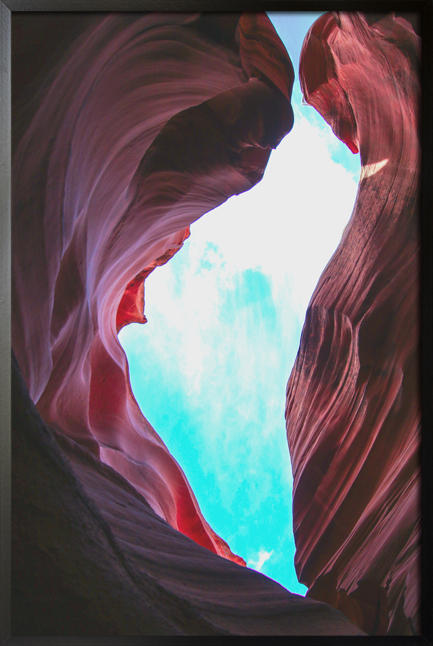
A canyon is a type of landform that looks like a valley with deep sides. They are formed over millions of years due to erosion by natural causes. Examples are weather or a body of water.

Cool and refreshing citrus slices. A poster art that will make your mouth water. The natural colors of the fruit can give an inviting vibe to your home. Add life to the dining room, kitchen, or any other room of your home with this art and get the chance to create a focal point that you will love.
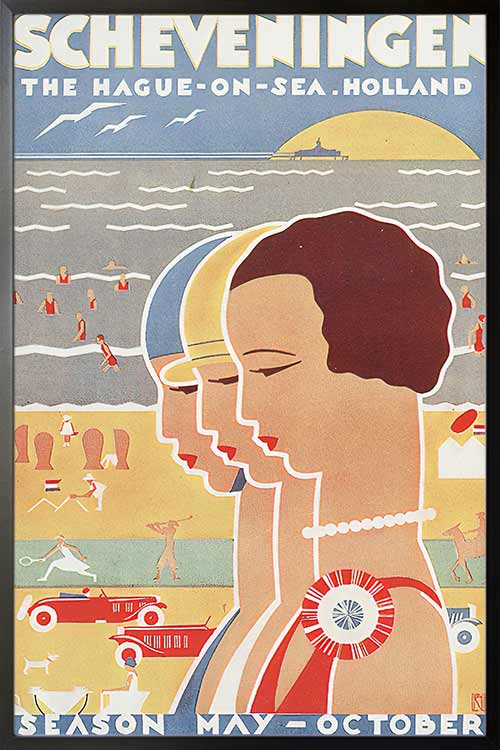
Scheveningen is one of the districts o The Hague, Netherlands. It is a modern seaside resort that is known for its long and sandy beach, an esplanade, a pier, and a lighthouse. The beach is a popular destination for various water sports the likes of windsurfing and kiteboarding.
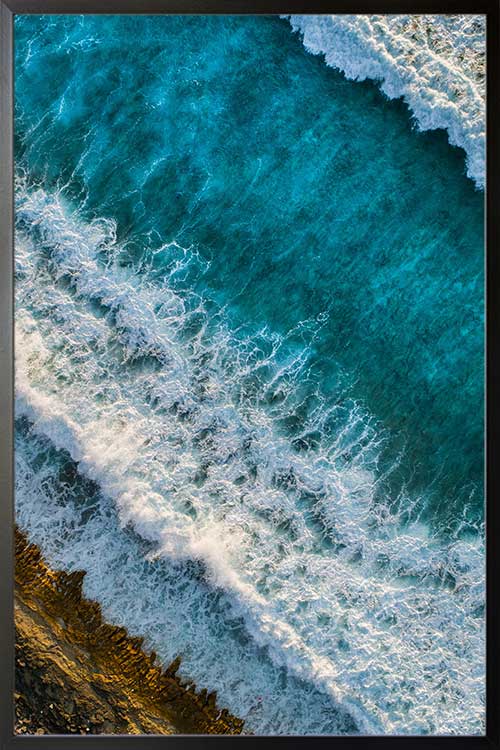
Create a room that is perfect for relaxation. The color of the seas as well as the image of water has been proven to have calming effects on the mind and body. Upgrade the appearance of your walls with nature-inspired art from the impressive collection of artdesign.
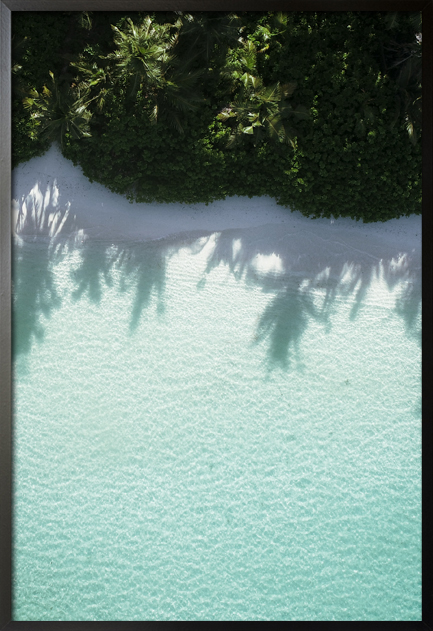
A great view of the beach in poster print can give your wall a total makeover. The natural colors of the trees and water give a refreshing feel that is perfect during your busy days. Create a wall gallery with this poster along with other prints of a similar theme and you will surely have a stunning wall design that will be loved by your guests.
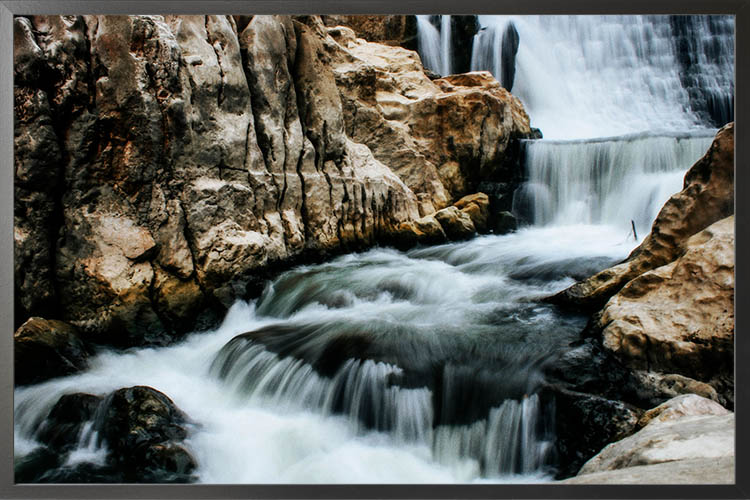
Cool and refreshing photograph of water falls by RV Botor. Nature has its interesting way of making the world look appealing and fantastic. Just like the photograph of water falls by RV Botor, it can create a room that is not only appealing but cozy and calming as well. A wall gallery will also look perfect with an art that features flowing water.

Summer or dry season in the Philippines is just around the corner and it is time to prepare your home for one of the most-awaited seasons of the year. Here are some preparation tips that will make your home look cool and awesome during summer.
Clean the walkway
By this time, the walkway may be filled with dust and clutter from the previous events and celebrations. Wash the walkway then replace damaged pavers or bricks. For concrete walkways, fill in cracks with a masonry crack filler that blends with the color of the concrete.
Clean windows and screens
Fill in any gaps in the frames and check if the mechanics are working. Have them fixed if you see any defect or damage. Wash windows with a vinegar-ammonia solution first then with water. Dry the windows with a squeegee.
Inspect the roof
A quick inspection of the roof, as well as the exterior of your home, may reveal some damages that have been brought about by the rainy season. Hae them repaired immediately before the damage worsens. Check for misalignments, cracks, or missing parts. These can easily let water in during the rainy season. Also, check for rust as well as the pipes or skylights to be sure that they are free from any cracks or any other damages.
Inspect the exterior paint job
Over the years, the paint of the house exterior may already have worn off. Note, repainting your home is quite challenging and may require manpower and time to accomplish your paint job. You also need to choose the right color that will personalize your home.
Clear out the gutters
Clean leaves and other debris from the gutters. Check the gutters for leaks or breaks during the next rain.
Clean and recoat outdoor furniture
Clean off furniture pieces that are in the storage. Inspect its parts and replace any pieces that may be missing. Repairing them may be cheaper than buying new ones.
Reinforce fence posts
Replace any rotten pickets or posts. Check them again and make sure that they are sturdy in the ground.
Decorate the walls of your home
Bring the summer vibe to your home by decorating the walls of your home. There are many ways and decors that can transform the overall appearance of your walls. One of the easiest ways is to display personalized framed posters. There are many themes and designs available and choosing the right one will help you achieve the appearance that you like.










